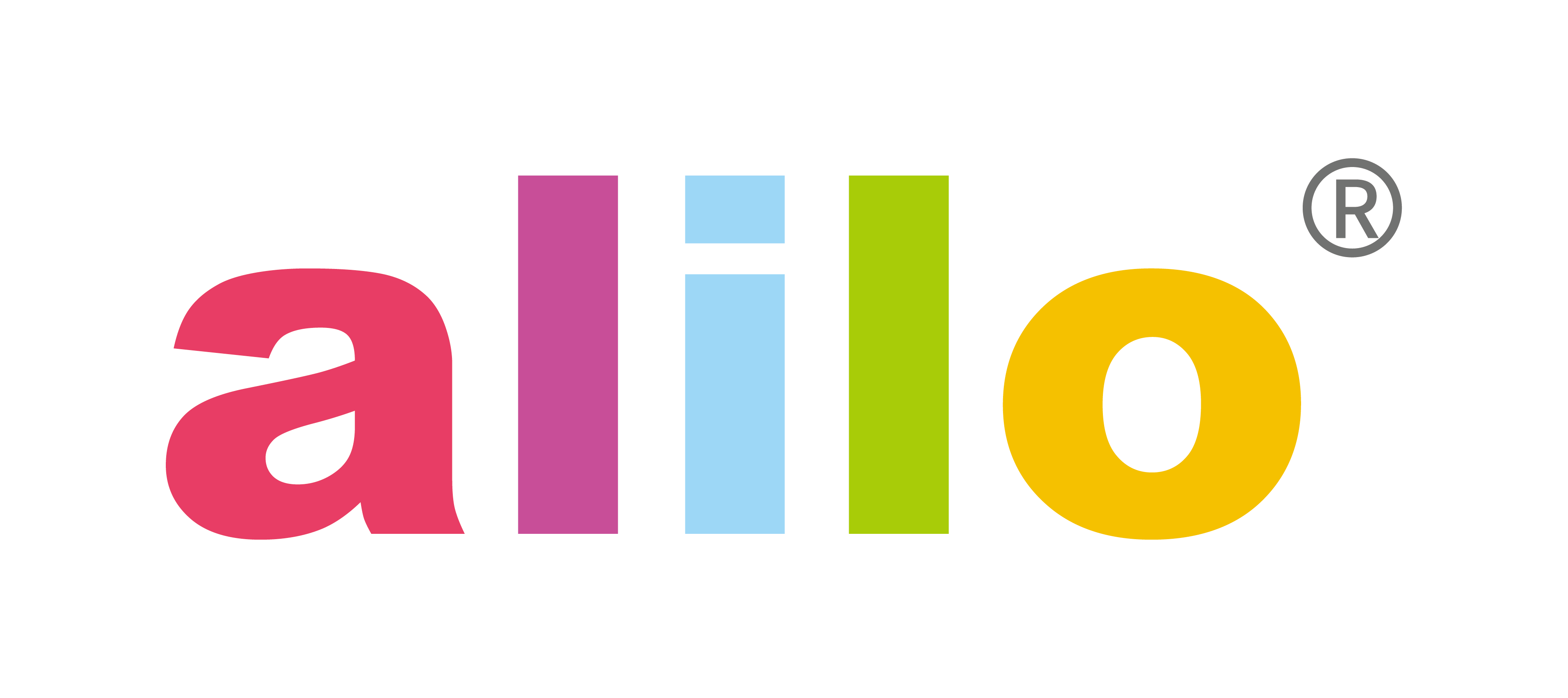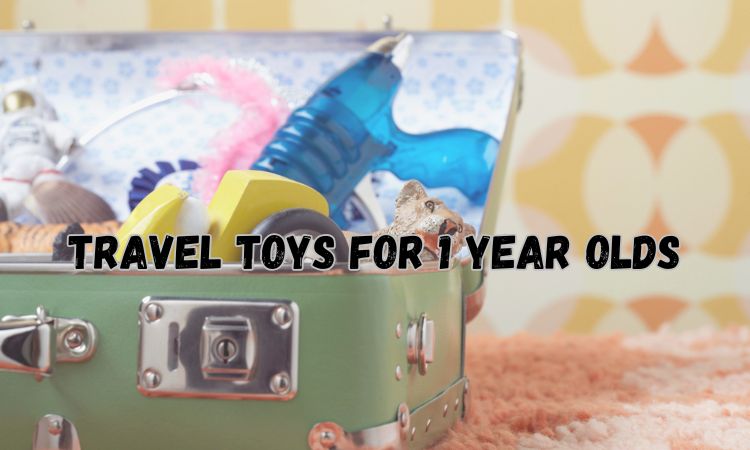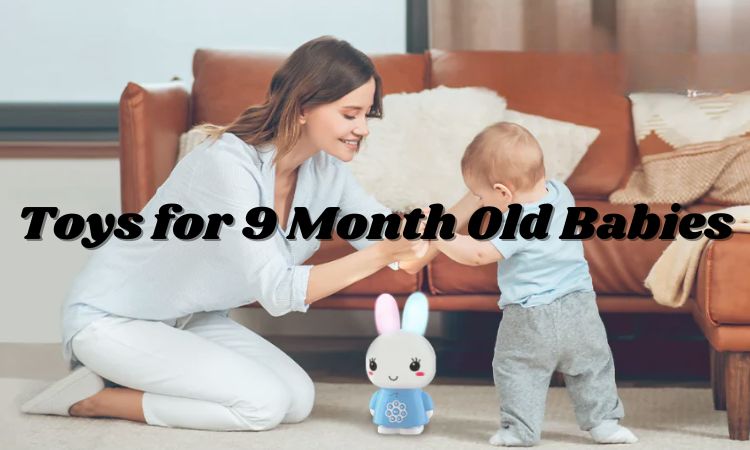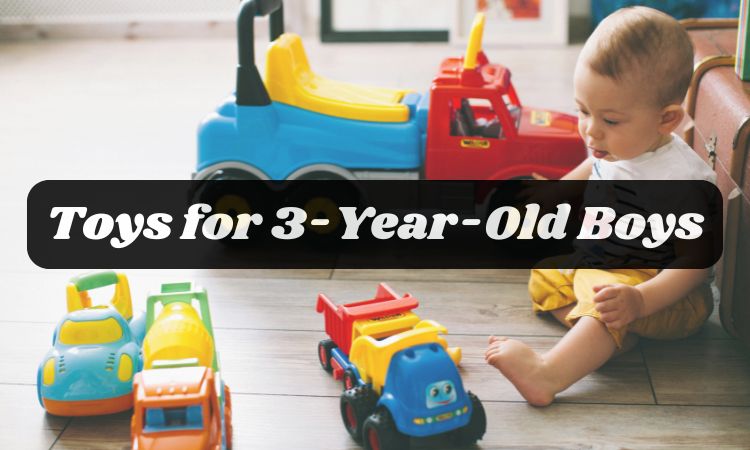If you’re a new parent running on little sleep, you’ve probably wondered: can a newborn sleep with a pacifier? It’s a super common question, and for good reason. Pacifiers are often seen as a magic fix for calming fussy babies—but when it comes to sleep, safety and timing matter.
In this post, you’ll get a clear look at when it’s okay to offer a pacifier at bedtime, how it might actually help your baby sleep better, and what to watch out for. Whether you’re thinking about introducing one or you’re already using it and just want to make sure you’re doing it right, we’ve got you covered with expert-backed advice.

Can a Newborn Sleep with a Pacifier?
If you’re wondering, is it safe for newborn to sleep with pacifier? The answer is yes, as long as it’s a plain, one-piece, properly sized pacifier and used at the right time.
In fact, the American Academy of Pediatrics (AAP) actually recommends offering a pacifier at nap time and bedtime once breastfeeding is well-established. This is because studies have shown that using a pacifier while sleeping can lower the risk of sudden infant death syndrome (SIDS), which is one of the biggest sleep-related concerns for new parents.
Babies naturally find comfort in sucking, and having a pacifier during sleep can help them calm down and fall asleep faster. And if the pacifier falls out during sleep, there’s no need to worry or rush to put it back in. Trying to force it can actually interrupt their rest, so it’s perfectly fine to just let them be.
That said, not all babies like pacifiers. That’s totally normal. If yours refuses, it’s okay. You don’t need to push it.
When to Introduce a Pacifier to a Newborn
Deciding when to introduce pacifier to newborn depends on your feeding method and your baby’s individual needs, and it’s important to get the timing right. Here’s a clear roadmap you can follow:
Wait until breastfeeding is rolling (around 3–4 weeks).
If you’re wondering, can I give my newborn a pacifier while breastfeeding, the answer is yes, but make sure to give yourself—and your baby—time to establish a solid latch and steady milk supply first.
The AAP suggests holding off on pacifiers until breastfeeding feels comfortable and routine, usually by the end of the first month. Skipping those early weeks helps prevent nipple confusion and keeps your baby focused on the breast when real calories matter most.
Signs breastfeeding is well-established include:
- Baby is gaining weight consistently
- Mom has good milk supply
- Baby latches easily and feeds effectively
Formula-feeding? You can start sooner.
Because nipple confusion isn’t an issue with bottles, many pediatricians are comfortable with you offering a pacifier right from the first few days. Just be sure you’re recognizing hunger cues, so the pacifier doesn’t replace a needed feed.
Preemies and NICU grads may get a pass.
In neonatal units, pacifiers are often used earlier to promote non-nutritive sucking, which can improve digestion and weight gain. If your little one came home after a NICU stay, follow the discharge team’s guidance—they’ve already crafted a schedule that balances feeding, comfort, and growth.
Pacifier Timing by Feeding Type
|
Baby Type |
When to Introduce a Pacifier |
Why |
|
Breastfed Newborns |
After 3–4 weeks, once breastfeeding is established |
Avoids nipple confusion and supports milk supply |
|
Bottle-Fed Newborns |
Any time, even right after birth |
No risk of interfering with feeding |
|
Premature Babies |
Based on hospital guidance; often early use is encouraged |
Helps develop oral muscles and sucking reflex for feeding |
Benefits and Risks of Sleeping with a Pacifier
Now, to give you a more balanced answer to the query, “can I give my newborn a pacifier at night?”, here’s a look at what happens when your baby actually sleeps with one—the good and the bad.
Benefits of Sleeping with a Pacifier
May reduce the risk of SIDS
One of the biggest reasons experts recommend pacifier use at sleep time is that it’s been linked to a lower risk of sudden infant death syndrome (SIDS). While the exact reason isn’t fully understood, the connection is well documented. It may be because pacifier use helps keep your baby’s airway open or makes them more easily arousable during light sleep.
Soothes and calms
Babies are born with a natural sucking reflex, and pacifiers offer comfort—especially during the fussy evening hours or when settling into sleep. This calming effect can lead to longer stretches of rest for both baby and you.
Easy to wean (compared to thumb-sucking)
It’s often easier to phase out a pacifier when the time comes than it is to break a thumb-sucking habit. You can’t exactly take away a thumb!
Risks of Sleeping with a Pacifier
Potential breastfeeding interference
If introduced too early, pacifiers might interfere with establishing a strong breastfeeding routine. That’s why experts recommend waiting a few weeks if you’re nursing.
Possible sleep disruptions
Some babies get attached to the pacifier and might wake up crying when it falls out. This can lead to interrupted sleep (and frequent nighttime “binky runs” for parents).
Dental concerns (with long-term use)
Using a pacifier beyond the age of 2–3 can affect the way your child’s teeth grow in. Thankfully, this isn’t a concern during the newborn stage, but it’s something to keep in mind for the future.
The bottom line? Sleeping with a pacifier is generally safe and often beneficial—especially when used the right way and at the right time.
Tips to Safely Use a Pacifier
If you’ve decided to use a pacifier, here’s how to make sure it’s safe—especially during sleep.
1. Wait until feeding is established
As we’ve learned, if you’re breastfeeding, hold off on using a pacifier until your baby is about 3 to 4 weeks old and feeding is going smoothly. This helps avoid nipple confusion and gives your milk supply time to regulate.
Formula-feeding? You may be able to introduce a pacifier a little earlier but always check with your pediatrician if you’re unsure.
2. Choose the right pacifier
Look for a one-piece pacifier made of medical-grade silicone—these are safer because they’re less likely to come apart. Not sure what size nipple for newborn is correct? Most brands label them as “size 0” or “size 1,” and you’ll often see age guidelines like “0–3 months” or “newborn” to help you choose the right fit.
3. Never attach a pacifier to your baby’s crib, clothes, or neck
Avoid using clips with cords, strings, or ribbons—these can pose a strangulation risk during sleep. It’s best to let the pacifier be completely separate and loose when your baby is in the crib.
4. Keep it clean
Sterilize new pacifiers before the first use and wash them regularly after that. You can boil them, use a sterilizer, or wash with hot, soapy water. Don’t “clean” it with your mouth—this can spread germs.
5. Don’t force it
If your baby doesn’t want the pacifier, that’s totally okay. Some babies just aren’t into it, and that’s nothing to stress over. You can try again later or skip it entirely if it’s not working for your family.
6. Offer at sleep times only
To avoid overuse, try limiting pacifier use to naps and bedtime. This helps your baby associate it with sleep—and can make weaning later a little easier.
7. Let it fall out naturally
If the pacifier falls out while your baby is sleeping, there’s no need to pop it back in. Just let them sleep. It’s totally safe, and they’ll often self-soothe or fall back asleep on their own. You don’t need to figure out how to keep a pacifier in a newborn’s mouth either.
When to Stop Using a Pacifier for Sleep
At some point, that trusty pacifier will need to go—and that transition can feel like a big one. The good news? If you time it right and take a gentle approach, weaning off the pacifier doesn’t have to be a battle.
Most pediatricians recommend phasing out pacifier use around 6 months to 1 year, especially for sleep. This is when the risk of SIDS starts to drop, and continued use becomes more about habit than safety.
That said, many parents choose to keep the pacifier a bit longer—especially if it helps their baby fall asleep more easily. However, the longer it’s used, the more likely your child is to become attached, and prolonged use (especially past age 2 or 3) can lead to dental issues, like misaligned teeth or bite problems.
So, while there’s no one-size-fits-all answer, a good general goal is to start thinking about weaning sometime between 6 and 18 months.
Tips for weaning off the pacifier
- Go slow and steady: Start by removing the pacifier during naps, but keep it for bedtime. Once your baby adjusts, you can move on to nighttime.
- Be consistent: Once you decide to stop using it, try not to go back and forth. Mixed signals can make the transition harder for your baby.
- Offer other comfort cues: A gentle bedtime routine, a soft lovey (once safe to use), white noise, or a calming song can help replace the comfort the pacifier once gave.
One great option? The Alilo baby rattle. This adorable, bunny-shaped rattle is easy for tiny hands to grip and shake, and it plays 66 different natural sounds that are perfect for soothing or playtime.
Even better—it doubles as a music player, offering a collection of nursery rhymes, lullabies, and bedtime stories that can help calm your baby and ease them into sleep without relying on a pacifier. It’s a comforting, multi-sensory tool that helps build routine and provides a familiar soundscape for little ones learning to self-soothe.

Conclusion
So, can a newborn sleep with a pacifier? Yes—when used safely and at the right time, pacifiers can be a helpful tool for newborn sleep. They may reduce the risk of SIDS, help your baby settle faster, and provide comfort during naps and bedtime.
Just be sure to choose the correct size, keep it clean, and avoid forcing it. And when it’s time to wean, do it gradually and with care. Pacifiers aren’t a must-have, but they can be a helpful option if used the right way.
FAQs
Is it okay for a newborn to sleep with a pacifier?
Yes, it’s generally safe for a newborn to sleep with a pacifier—once feeding is well established. According to the American Academy of Pediatrics, using a pacifier during naps and bedtime may help lower the risk of SIDS. Just be sure to follow safe sleep guidelines and avoid attaching the pacifier to anything like strings or clips.
Can I give my 3-day-old a pacifier?
It’s best to wait a bit if you’re breastfeeding. Experts usually recommend holding off until your baby is about 3–4 weeks old and nursing is going smoothly. If you’re formula feeding, you may be able to introduce a pacifier earlier—but check with your pediatrician first.
Why do pacifiers reduce SIDS?
The exact reason isn’t fully known, but pacifiers may help keep airways open or prevent deep sleep that makes it harder for babies to wake themselves. The sucking motion may also support safer sleep patterns.
Can a baby self-soothe with a pacifier?
Yes. Many babies use pacifiers to calm themselves, especially during sleep or stressful moments. It can be part of a self-soothing routine—but it’s okay if your baby doesn’t want one.







Share and get 5% off!
Simply share this product on one of the following social networks and you will unlock 15% off!